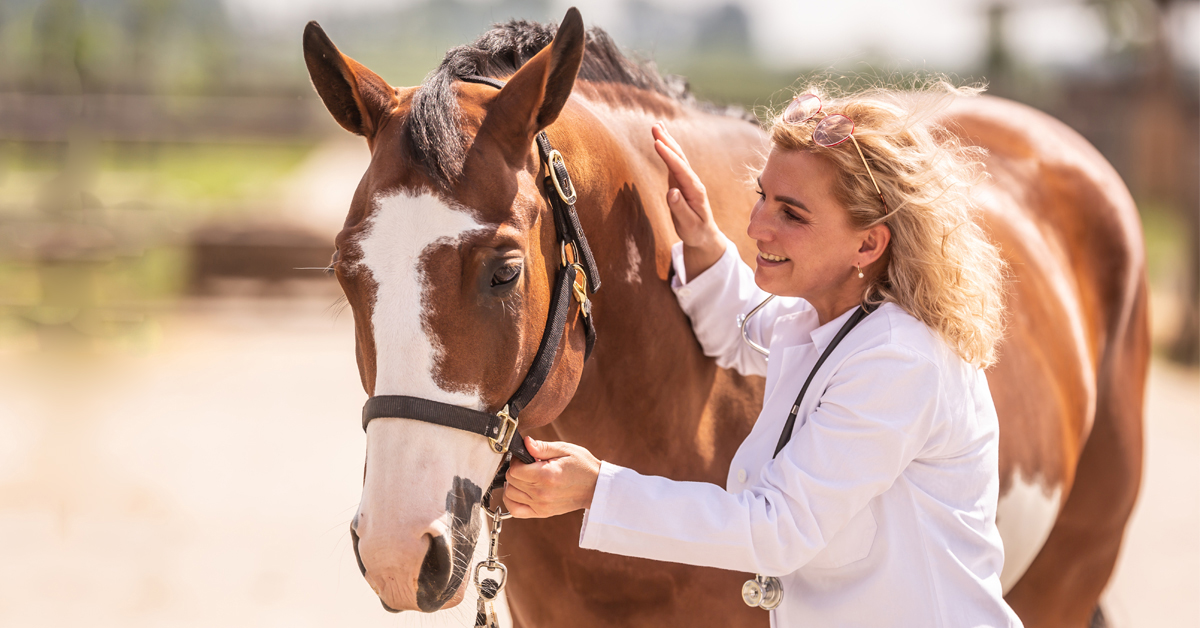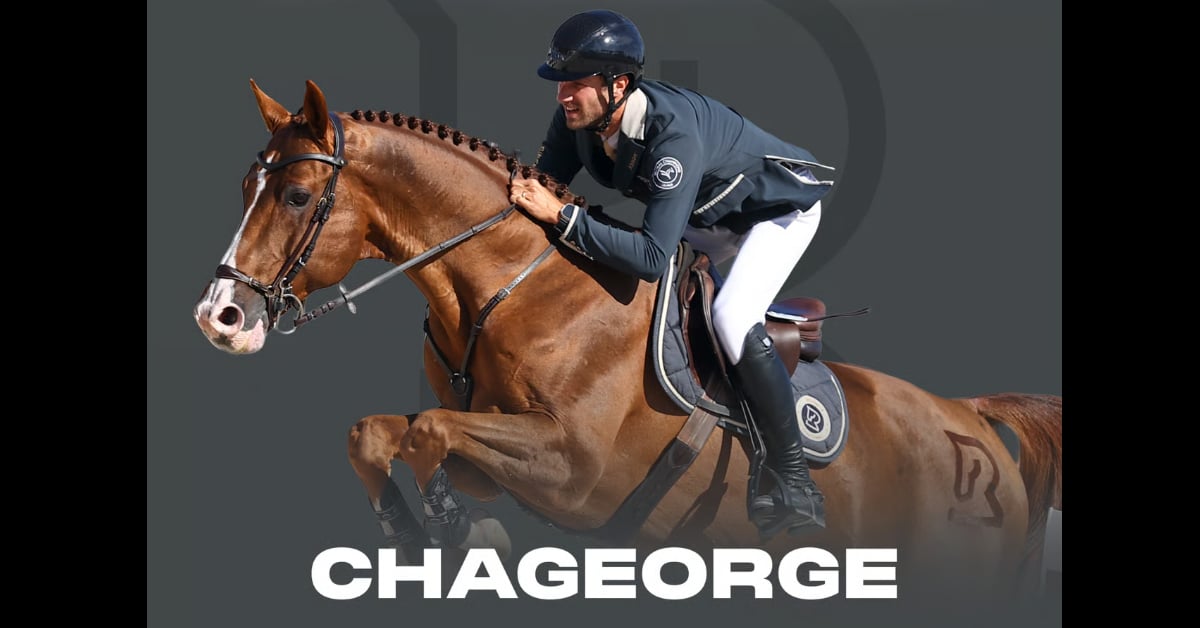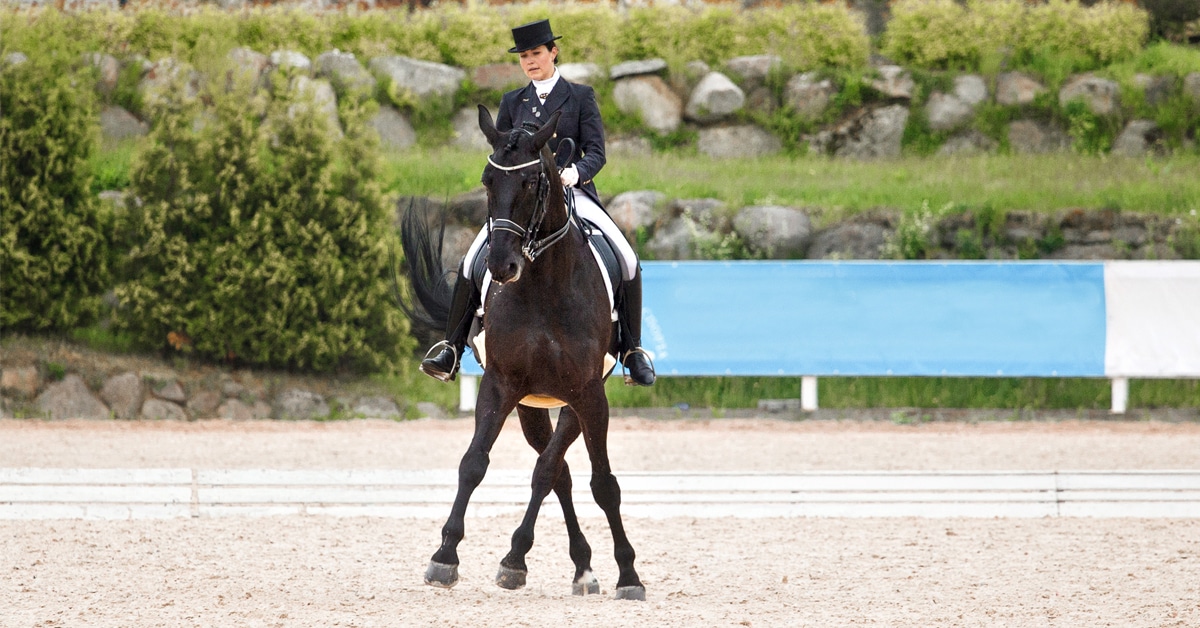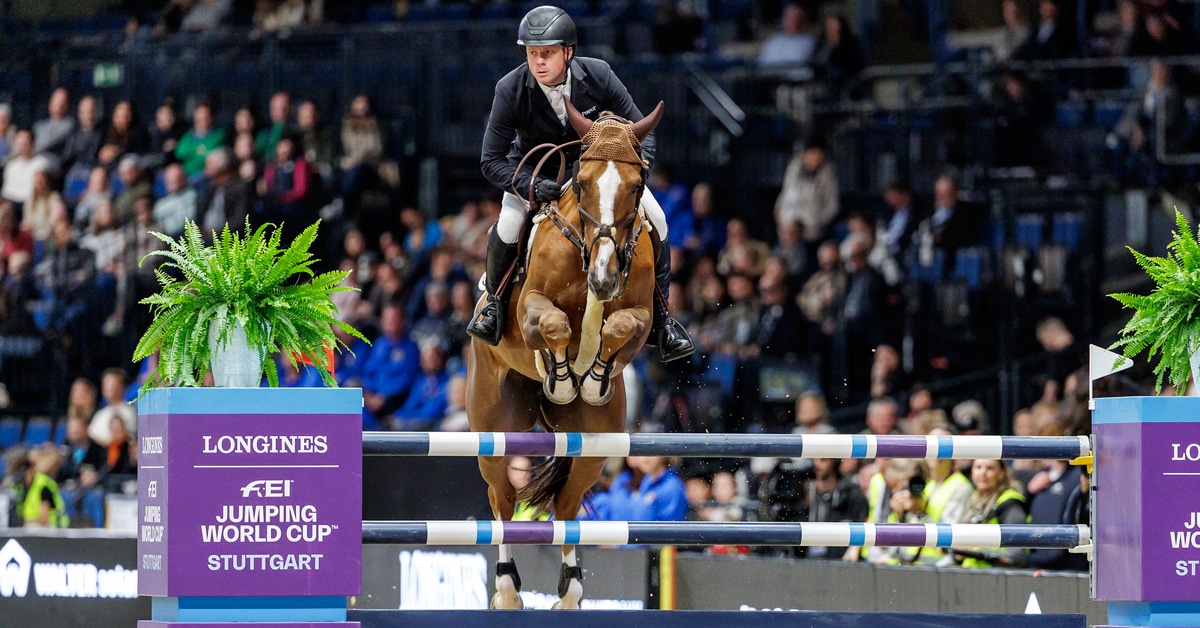The purposes of this large three-part study were to establish which clinical features were more likely to be seen in horses with caudal neck problems compared with control horses, and to relate these to the presence of the congenital variants of the sixth and seventh cervical vertebrae and other radiological abnormalities.
The two-centre study was restricted to all Warmblood horses evaluated consecutively at UC Davis, California in the USA and at the Animal Health Trust in the UK over a two year period. All horses were examined using a comprehensive predefined protocol by two experienced clinicians, Professor Monica Aleman and Dr. Sue Dyson. Systematic, standardised clinical assessments were performed to assess posture, muscle development, range of motion, reaction to palpation and movement patterns in all gaits in-hand and on the lunge and when appropriate also ridden. Additional tests, such as walking up and down steps or blindfolding, were performed in selected horses to assess neurological dysfunction.
There were 96 case horses and 127 control horses. Cases comprised horses with neck pain or stiffness which was not explained by other problems unrelated to the neck, those with forelimb lameness attributable to the neck, or those with incoordination and weakness (ataxia and proprioceptive deficits) consistent with compression of the spinal cord in the neck region.
The results from these ‘case horses’ were compared with control horses, which were either working comfortably and undergoing pre-purchase examinations, or had another problem such as lameness which was abolished by nerve blocks of the affected limb(s). The data were analysed statistically and the results presented are those in which there were statistically significant differences between case horses and controls.
Highlights of the study included:
- Neck problems were more common in showjumpers
- Hindlimb lameness was not attributable to neck problems
- Problems that can masquerade as being related to the neck may reflect a different problem
- Radiological abnormalities in the neck do not mean that the horse will show clinical signs of pain
- Anatomical variations may be present at birth in:
1) the shape of the neck vertebrae;
2) the size or presence of the first rib;
3) the symmetry of a large muscle which extends under the neck and thoracic vertebrae.
Horses diagnosed with neck problems showed symptoms such as: patchy sweating on the neck, abnormal reactions to touch, pain response to pressure applied over the neck joints, restricted range of motion of the neck, occasional “neck locking”, pain response when a forelimb was passively extended forwards, abnormal posture when grazing, low head and neck carriage, restricted range of motion of the neck when turning in small circles, tilting of the head and neck, uneven rein tension, marked resistance to turning in one direction, hopping-type forelimb lameness, forelimb stumbling or tripping, forelimb lameness more variable when ridden to a contact compared with on a loose rein or vice-versa, stopping spontaneously during work and standing with a forelimb non-weight bearing, a short, low stepping forelimb gait in canter, exacerbation of forelimb lameness after nerve blocks, or weakness and incoordination.
Read the full study here.
~ with files from Saddle Research Trust
More News









